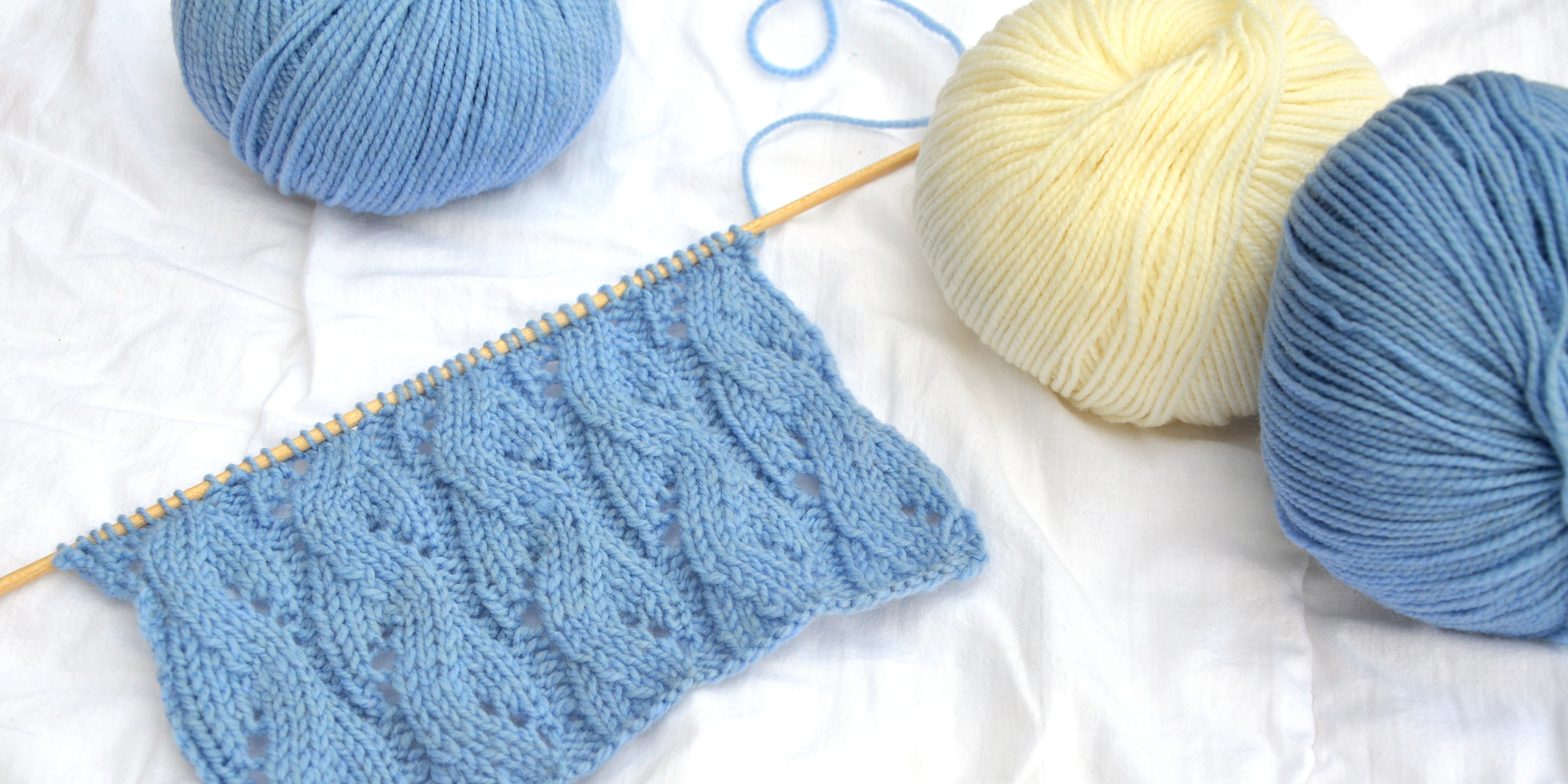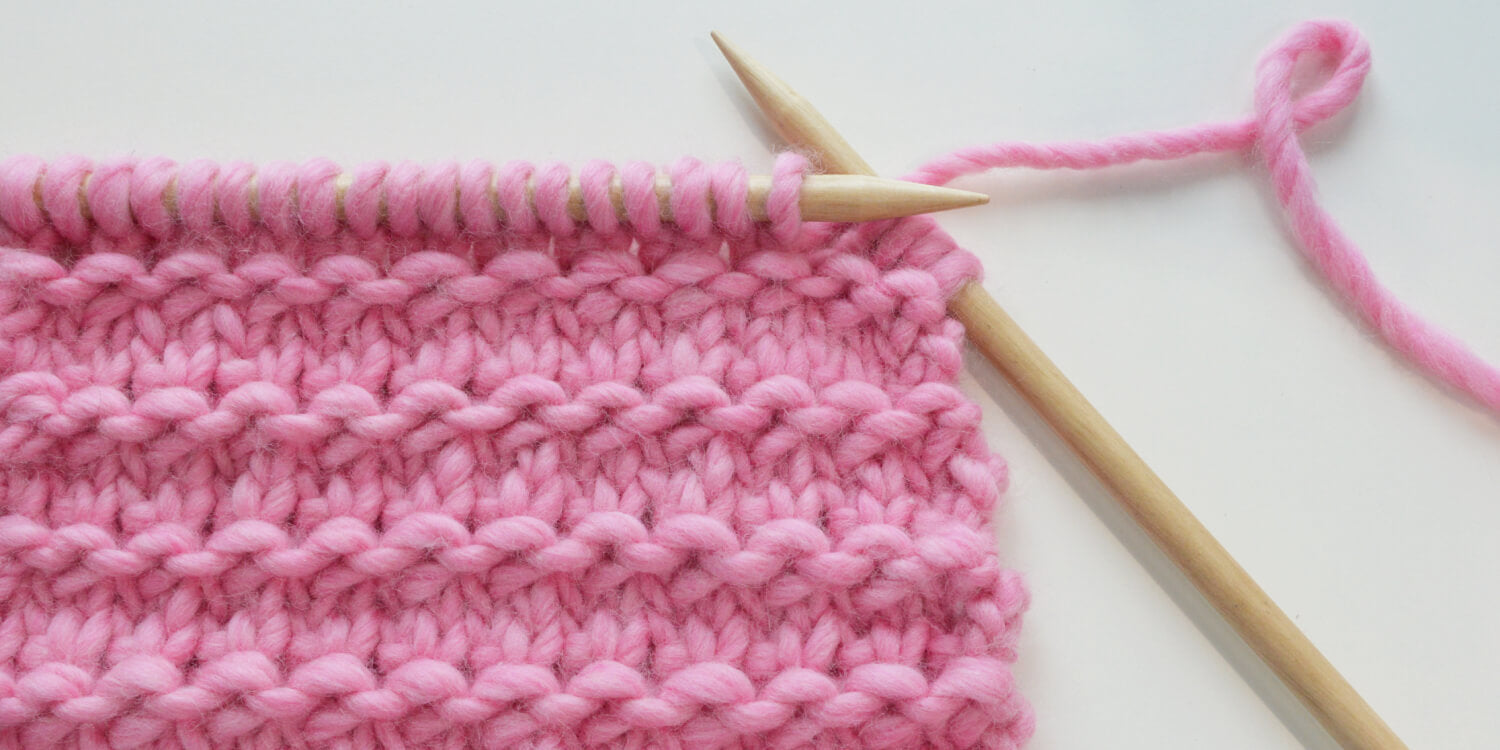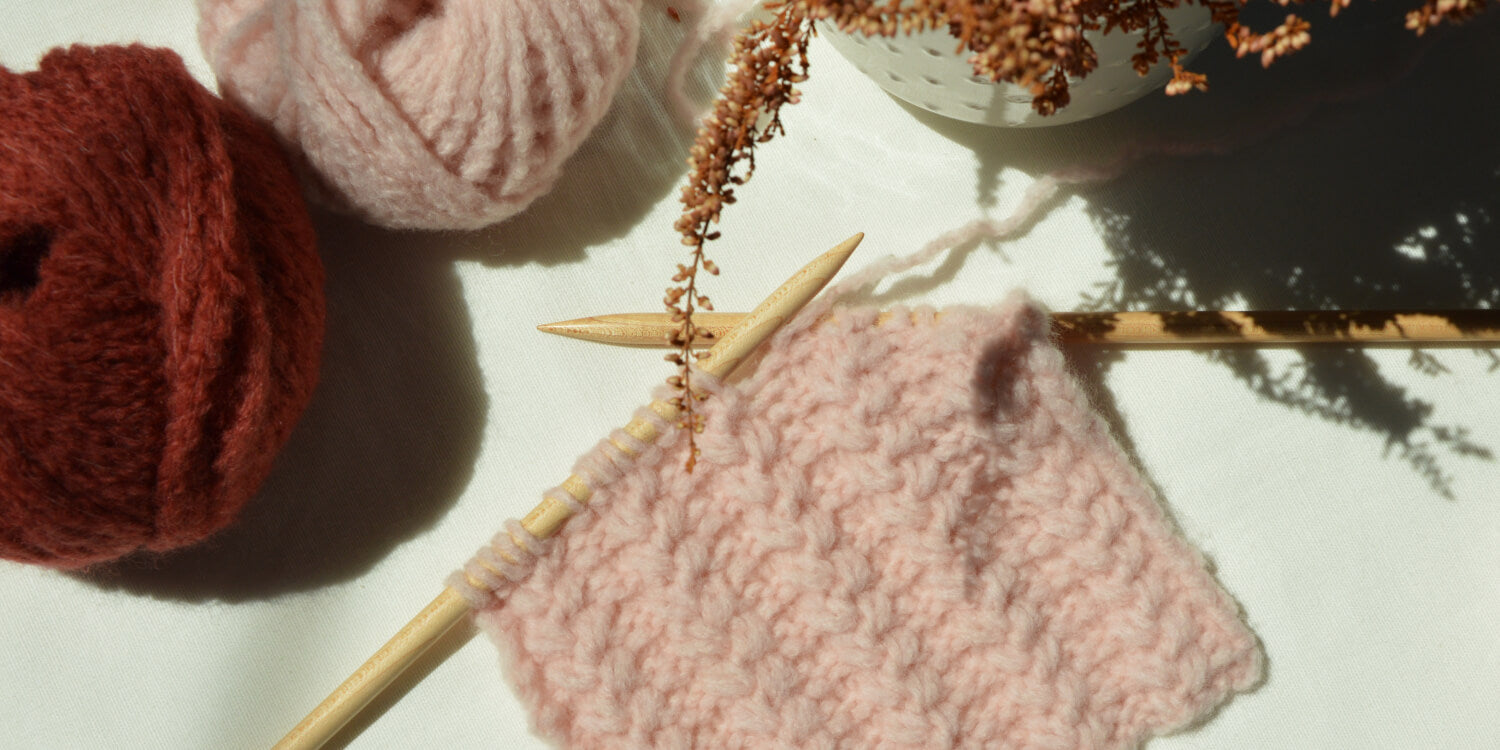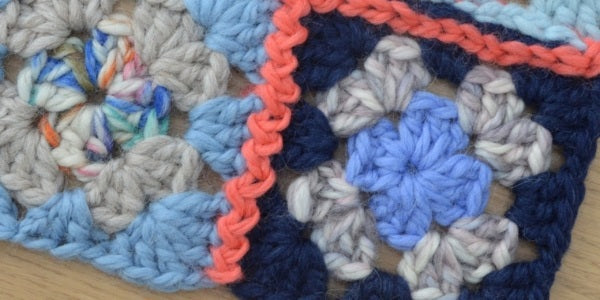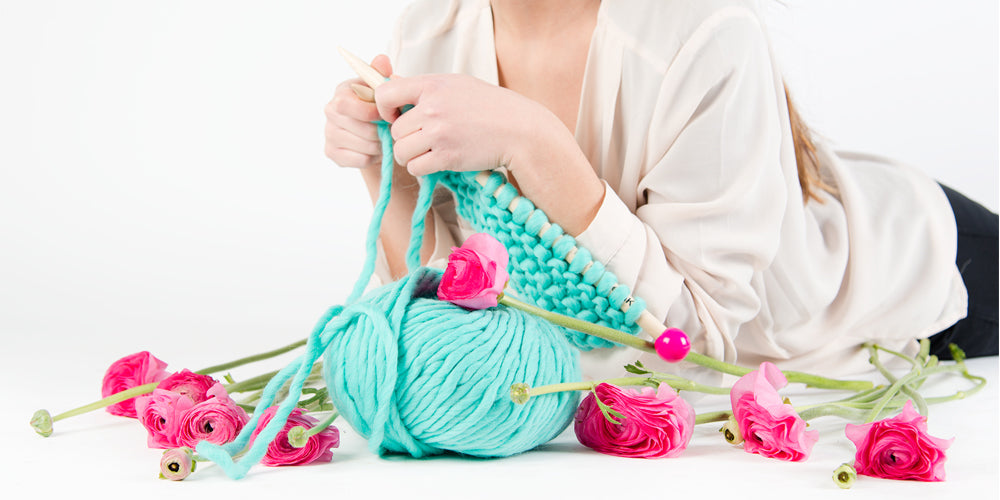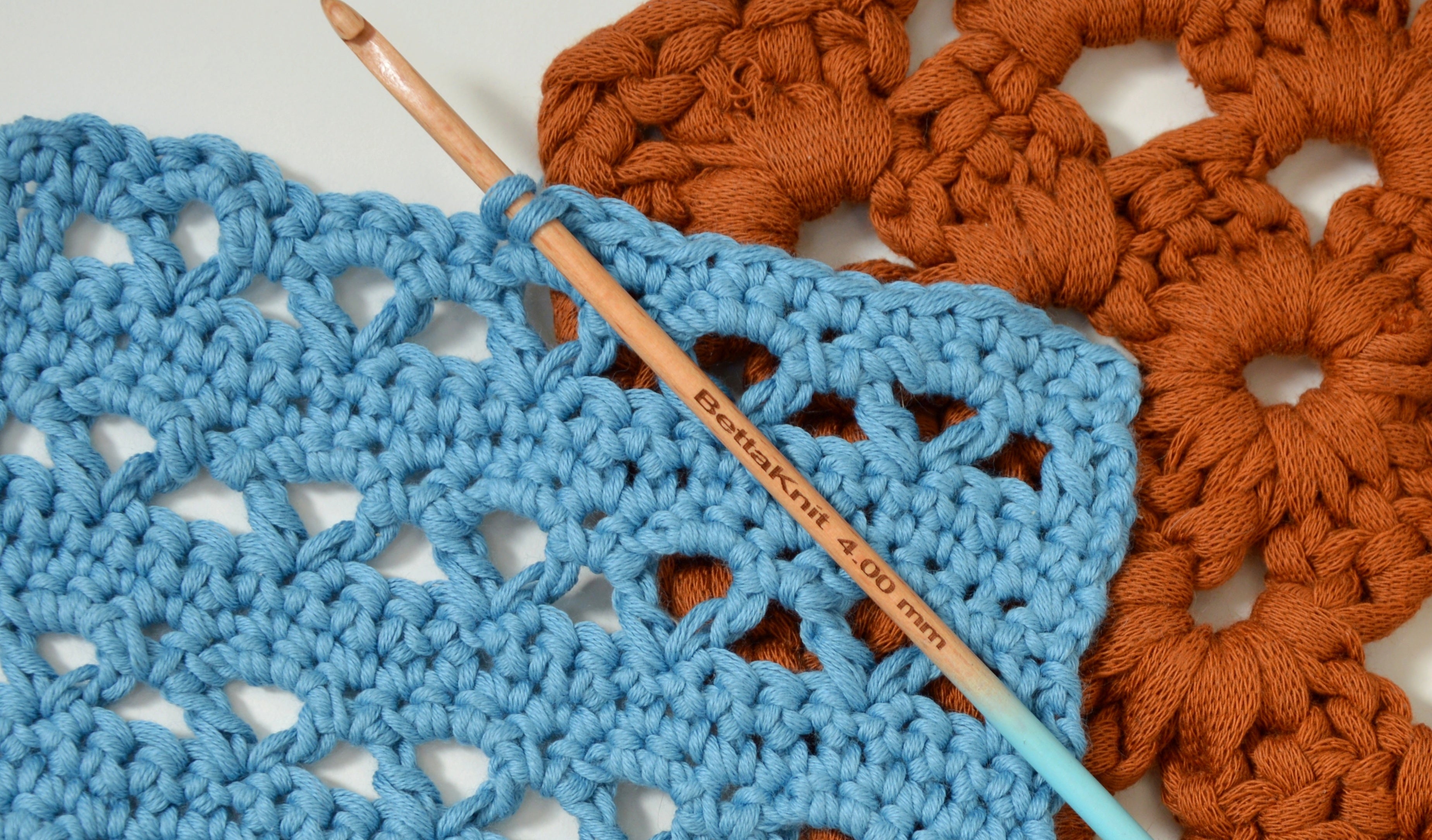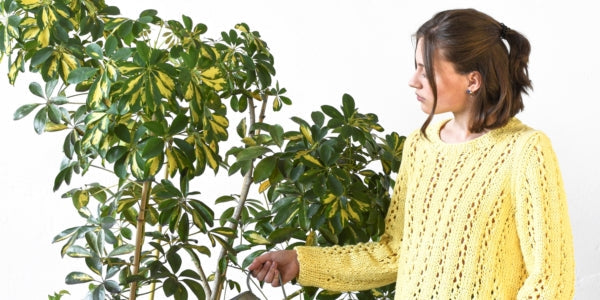BACK TO BASIC: KNITTING NEEDLES TYPES AND SIZE

The essential tools for knitting are, of course, knitting needles. If you’re getting passionate about the world of knitting, you’ll quickly realize there are countless shapes, sizes, and materials to choose from.
Choosing the right needles is one of the most important steps for any knitter, whether you’re a beginner or an experienced maker. The success of a project depends not only on the yarn you choose or the pattern you follow, but also — and above all — on the type and size of needles you use.
In this guide, we’ll take you step-by-step through everything you need to know about knitting needles: types, materials, sizes, how to match them to different kinds of yarn, and how to choose them based on your working style. Let’s check them all out!
The Main Types of Knitting Needles
Let’s start by looking at the most common types of knitting needles, each designed for different techniques and projects.
Straight Needles
The classic long, rigid needles, perfect for working flat pieces. They are used in pairs and are ideal for making:
- Scarves and shawls
- Blankets
- Sweaters and garments that require sewing

Bettaknit’s straight needles are made of beechwood — a strong, natural, and pleasant-to-the-touch material. They are smooth but not slippery, making them great for beginners, since stitches slide less easily off the tips and your work is less likely to unravel by accident.
Available sizes range from 3 mm to 20 mm in diameter (with 1 mm increments), and the length varies from 35 to 39 cm.
Circular Needles
Composed of two needle tips connected by a flexible cable, circular needles can be used both for working in the round (seamless) and for working flat, just like with straight needles.
They are ideal for:
- Seamless sweaters and garments
- Hats
- Cowls and neckwarmers
- Large projects like blankets and wide shawls (they help distribute the weight and volume of your work)


Bettaknit’s circular needles feature tips made from maple or beechwood, with cables available in various lengths (20, 40, 60, or 100 cm), to suit any project.
Double-Pointed Needles (DPNs)
These are thin needles pointed at both ends. Usually, 4 or 5 needles are used simultaneously to work in the round using the “game of needles” technique: stitches are divided across 3 or 4 needles, and you work them with the remaining needle.
DPNs are perfect for knitting very small circumferences, making them ideal for projects like socks, gloves, and narrow sleeves.
Needle Materials: Which One Should You Choose?
The material of your needles greatly affects your knitting comfort and tension:
| Material | Pros | Cons |
| Wood (beech, maple, bamboo) | Natural, lightweight, good grip | More fragile than metal needles |
| Metal (aluminum, steel) | Slippery, fast, durable | Can be too “fast” for beginners |
| Plastic | Affordable, lightweight | Less durable, can deform |
| Carbon fiber or composites | Balanced, strong | More expensive |
Our choice is wood: sustainable, natural, and a pleasure to use. Bettaknit knitting needles are eco-friendly and designed to be long-lasting companions in your creative journey.
How to Choose the Right Needle Size
The needle size (diameter) influences the size of your stitches.
- Larger needles = bigger, looser stitches, creating a softer, airier fabric
- Smaller needles = tighter, more compact stitches, resulting in a denser fabric
But how do you choose the right size? It depends on:
- The yarn thickness
- The tension required by your pattern
- The effect you want to achieve (airy and light or firm and structured?)
The Yarn Weight System: Your Official Guide to Yarn Thickness
Choosing the correct needle size is fundamental for the type of knitting project you want to make, depending on the yarn used and the desired final effect. Each yarn category is associated with one or more recommended needle sizes to achieve the correct tension.
There’s an international standard for classifying yarn thickness called the Yarn Weight System, defined by the Craft Yarn Council. Each yarn category has a suggested range of needle sizes.
Table: Bettaknit Yarns and Recommended Needle Sizes
| Category | Name | Needle Size (mm) | Bettaknit Yarns |
| 0 | Lace | 1.5 – 2.25 | Brilly, Starlight Yarn |
| 1 | Super Fine (Fingering) | 2.25 – 3.25 | Love My Jeans |
| 2 | Fine (Sport) | 3.25 – 3.75 | Hemp Cotton, Cuddle Cashmere, Petit Mohair |
| 3 | Light (DK) | 3.75 – 4.5 | Soy Cotton, Re-Cashmere, Yakerino |
| 4 | Medium (Worsted/Aran) | 4.5 – 5.5 | Frizzy Cotton, Alpa Cotton, Woolpaca, Re-Alpaca, Kiss Me Mohair |
| 5 | Bulky | 5.5 – 8 | Prato Cotton |
| 6 | Super Bulky | 8 – 12 | Fettuccine, Biologica, Puff Cashmere |
| 7 | Jumbo | 12 and up | Cool Wool |
These are general guidelines: for every project, we recommend making a gauge swatch to check how your stitch tension matches the pattern’s instructions.
Always match your needle size to the yarn thickness and your desired effect.

Follow the yarn label recommendations when available, but remember — they’re suggestions, not absolute rules! Testing different options through swatching will help you find what you like best.
What If Your Yarn Has No Label?
Sometimes you find yourself with a yarn ball but no label. Don’t worry — here’s what to do:
- Observe and touch: compare it to other labeled yarns you know.
- If unsure, try working a small sample (10×10 cm) using an intermediate needle size, like 5 mm.
- If the stitches are too tight, go up a needle size. If they’re too loose and holey, go down a size.
Tip: You can also wrap the yarn around a ruler for 2.5 cm and count how many times it wraps (WPI — wraps per inch) to determine its category.
What Happens if You Change Needle Size?
- Larger needles = softer, drapier fabric, but less structure.
- Smaller needles = firmer, denser fabric with sharper stitch definition, but less elasticity.
Use this to your advantage!
Want a lightweight, airy scarf? Use larger knitting needles.
Want a structured sweater with crisp stitch patterns? Use smaller knitting needles.
Frequently Asked Questions
Can I use different needles than those recommended?
Yes, if you want to alter the tension or achieve a different look. Just make sure to knit a swatch first!
Short or long needles?
It depends on the number of stitches. For scarves or small projects, standard needles (30–35 cm) are enough. For larger pieces like sweaters or blankets, longer needles or circular needles are better.
Are circular needles hard to use?
Not at all! Once you get the hang of them, circular needles are incredibly comfortable: they distribute the weight better and are perfect for knitting anywhere.
Bettaknit’s Knitting Needles: Natural Beauty and Functionality
Whether you’re just starting out or are already an experienced knitter, choosing high-quality needles is the first step to truly enjoying your creative time.
Bettaknit’s natural wood needles are not only beautiful and pleasant to use — they’re also a small step toward more conscious, sustainable knitting.
Browse our selection of wooden needles and eco-friendly yarns at Bettaknit’s online shop and start your next project today, with the right tools and plenty of inspiration!

